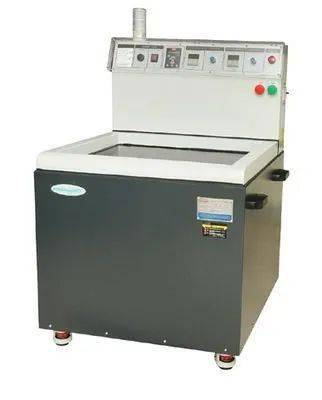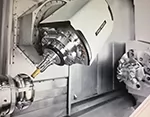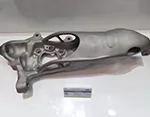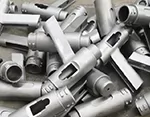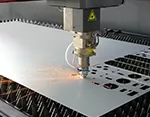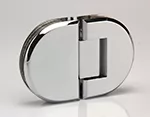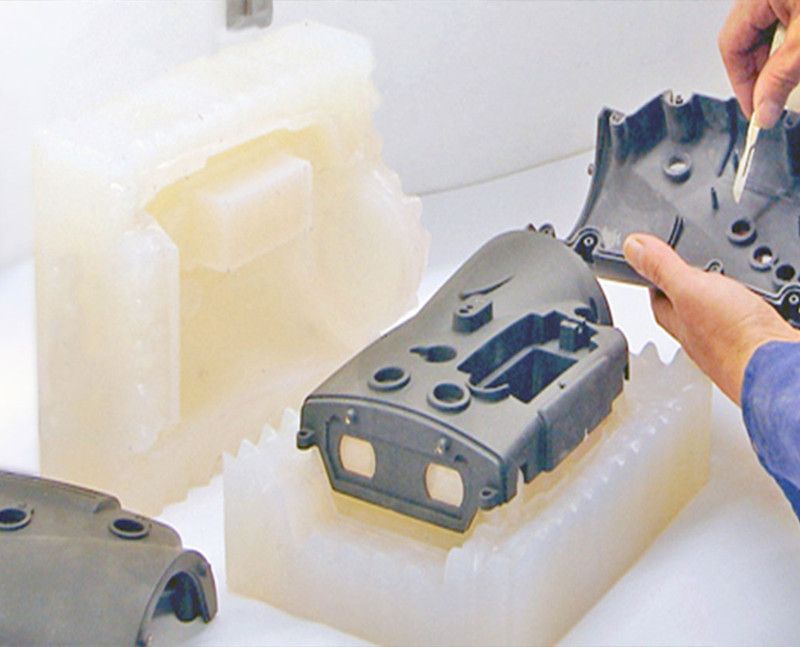-
Service
+
- CNC Precision Machining Service +
- Multi-Axis Simultaneous Machining Service +
- CNC Turning Service +
- Metal 3D Printing Service +
- Rapid Prototyping Service +
- Die Casting Service +
- Sheet Metal Fabrication Service +
-
Finish Serivces
+
- Polishing
- Grinding
- Brushed Finish
- Sand blasting
- Painting
- Powder Painting
- Anodizing
- Hard anodizing Service
- Passivation
- Zinc Plating
- Nickel Plating
- Chrome Plating
- Blackening
- Black Zinc Plating
- Teflon Coating
- Titanium Coating
- DLC Coating
- Laser Marking
- Silk Screen Printing
- Transfer Printing
- Micro Arc Oxidation
- Industries +
- About Us +
- Resource +
- Contact Us
- Quote

-
Service
-
>
-
>
-
>
-
>
-
>
-
>
-
>
-
>
-
- Industries
- About Us
- Resource
- Contact Us
| Name | Applicable Material | Colors | Thickness | Roughness |
| Polishing | Aluminium, Stainless Steel,Brass, Copper | / | / | Ra0.008μm-10μm |
Kesu Hardware specialize in one-stop manufacturing service for CNC machining and post finishes. We provide professional service polishing finish.
Polishing is a kind of processing, which used the function of mechanical, chemical and electric-chemical effects to reduce the surface roughness of workpiece, aimed to obtain a bright and smooth surface. The polishing is the processing which will use the polishing tools and grind particles or other polishing media to modify the surface of workpiece.
Polishing can not improve the dimensional accuracy or geometric accuracy of the workpiece, but for the purpose of obtaining a smooth surface or mirror gloss. Sometimes, polishing will also be used to eliminate gloss (matting).
Polishing Types
1. Mechanical polishing.
Mechanical polishing is a polishing method which will remove the convex part to obtain a smooth surface by cutting and the plasticity deforming of the material surface. Generally, the whetstone sticks, wool wheels and sandpaper will be used for polishing, and mainly operated by handwork. When polishing the surface of special parts like revolving objects, the auxiliary tools such as turntables could be used. If the requirement of surface quality is very high, the ultra- precise polishing could be chosen for polishing. The ultra-precise polishing, which will use special abrasive tool to do high speed rotation when the tool is pressing the surface of workpiece tightly in the polishing fluid of which containing abrasives.
The surface roughness could be Ra0.008μm by using this ultra-precise polishing techology, which is also the highest one among various polishing methods. Usually, this technology will be used for optical lens molds.
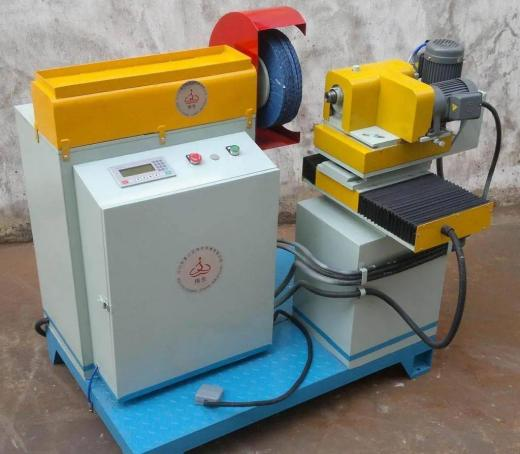
2.Chemical polishing.
Chemical polishing, which will make the microscopic convex part of the material surface dissolving before the concave part, when the material in the chemical medium, so as to obtain a smooth surface.
The main advantage of this method is that it does not require complicated equipment, and it can polish workpieces with complex shapes, and it can also polish many workpieces at the same time. The efficiency is very high.The core problem of chemical polishing is the preparation of polishing liquid. The surface roughness could be 10μm by using chemical polishing.
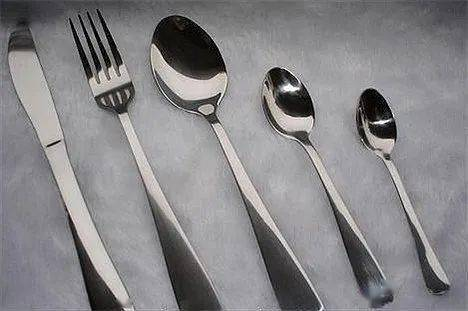
3.Electrolytic polishing
The basic principle of electrolytic polishing is the same as that of chemical polishing. Electrolytic polishing will selectively dissolving tiny protrusions on the surface of the material to make the surface smooth. Comparing with chemical polishing, the effect of cathode reaction can be eliminated, and the effect of electrolytic polishing is better. The electrolytic polishing process could be divided into two steps.
(1) Macroscopic leveling. The dissolved products diffuse into the electrolyte, and the geometric roughness of the material surface decreases, Ra>1μm.
(2) Low-light leveling. Anode polarization, surface brightness is improved, Ra<1μm.

Electrolytic polishing is suitable for non-ferrous metals and other low-hardness single-phase alloys, such as aluminum alloys, Austenitic stainless steels, and high-manganese steels. However, electrolytic polishing is not suitable for Metallographical samples of metals with uneven chemical composition and severe microsegregation and non-metallic inclusions in the metal sample. It is not advisable to use electrolytic polishing for samples embedded with plastic, because electrolytic polishing will cause serious local corrosion.
Electrolytic polishing is an electrochemical dissolution process, which has no mechanical force. So the electrolytic polishing won't cause the surface of the metal to deform, and will avoid the deformation layer generated on the surface of the sample during mechanical polishing, so as to truly show the metallographic structure.
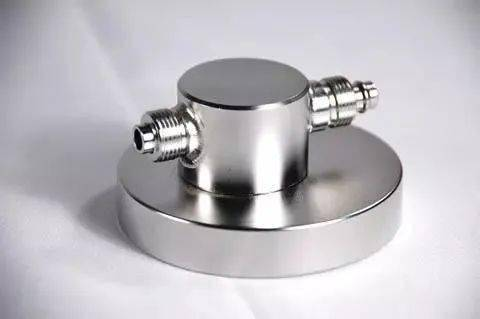
4. Ultrasonic polishing.
Ultrasonic polishing, which will put the workpiece in the abrasive suspension and put it together in the ultrasonic field, then the abrasive will using the oscillation effect of the ultrasoni to grind and polish the surface of the workpiece. Ultrasonic machining has a small macroscopic force and will not cause deformation of the workpiece, but it is difficult to manufacture and install tooling. Ultrasonic processing can be combined with chemical or electrochemical methods. On the basis of solution corrosion and electrolysis, ultrasonic vibration is applied to stir the solution, which will make the dissolved products separated from the surface of the workpiece , then the corrosion or electrolyte near the surface will be uniform. The cavitation effect of ultrasonic in the liquid can also inhibit the corrosion process and facilitate surface brightening.
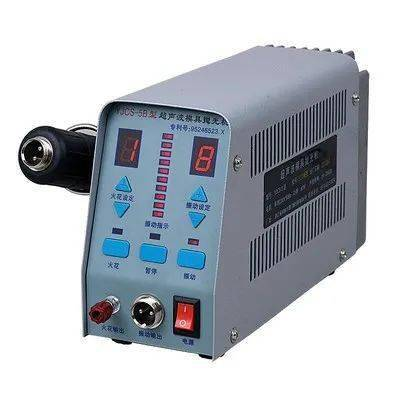
5. Fluid polishing.
Fluid polishing, which will use high-speed flowing liquid and abrasive particles carried by the liquid to wash the surface of the workpiece, to achieve the purpose of polishing. There are some commonly used methods. Such as abrasive jet processing, liquid jet processing, hydrodynamic grinding and so on. Hydrodynamic grinding is driven by hydraulic pressure, which will make the liquid medium carrying abrasive particles flow back and forth across the surface of the workpiece at high speed. The medium is mainly made of special compounds which has good flowability under lower pressure and mixed with abrasives. Silicon carbide powder can be used as the abrasive.
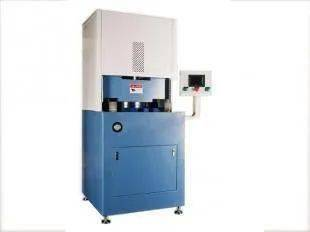
6. Magnetic abrasive polishing.
Magnetic abrasive polishing, which will use magnetic abrasives to form abrasive brushes under the action of a magnetic field, to polish the workpiece. This method has high processing efficiency and good quality. The processing conditions is easy to be controlled. The working condition is great. The surface roughness can reach Ra0.1μm if suitable abrasives could be used.
